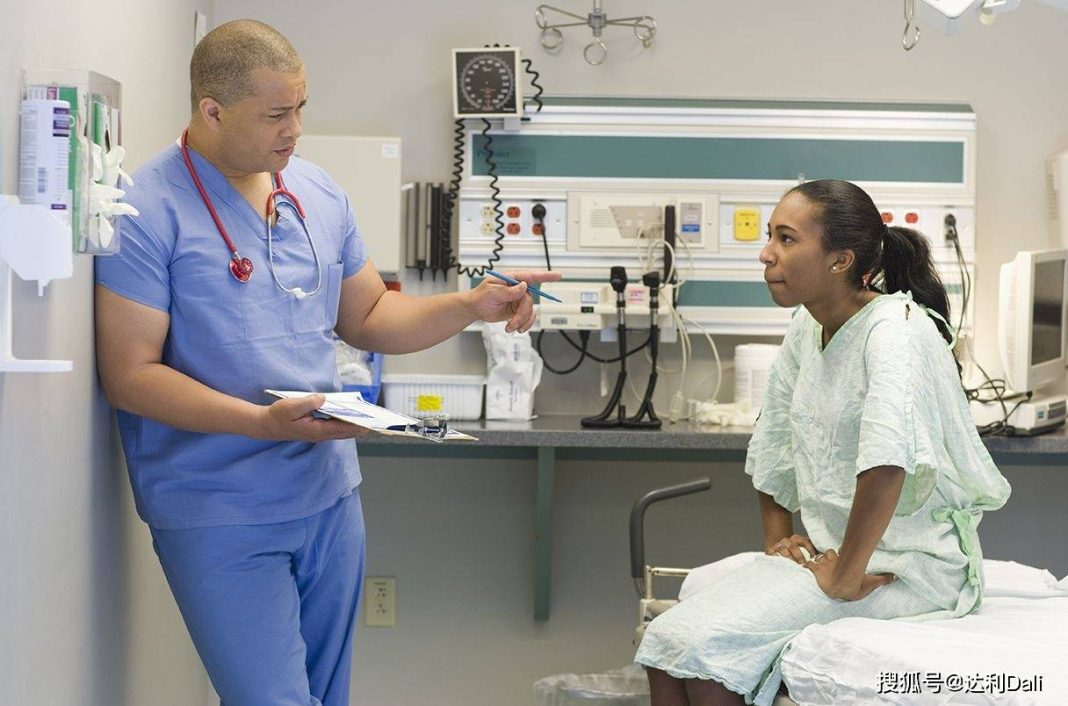Nearly half of all male emergency room patients receive pain medication,
A recent study shows that female patients in hospital emergency rooms are significantly less likely to receive pain medication compared to male patients reporting the same level of pain. The study, published today in the Proceedings of the National Academy of Sciences, further reveals that due to gender bias, women often receive less medical care than men or experience different types of care.
“This study is very impressive,” says Diane Hoffmann, a health law expert at the University of Maryland who researches differences in pain management. She points out that previous studies on gender bias in emergency rooms were either too small or failed to consider factors such as hospital congestion, pregnancy status, or types of pain, which could explain the differences in pain management.
Because pain is subjective, doctors typically ask patients to rate their pain on a scale from 0 (no pain) to 10 (unbearable), often accompanied by cartoon faces representing different levels of suffering. Based on this scale, emergency room doctors and nurses quickly decide whether to prescribe pain medication and what type and strength to use. This numerical scale was meant to help standardize pain treatment, but in reality, women often worry their pain will not be taken as seriously as men’s.
Vineet Arora, a physician at the University of Chicago, notes that longstanding stereotypes portray women as overly emotional and exaggerating, leading to a widespread bias that women exaggerate their pain. “You know your body is not functioning as expected, but your feelings are overlooked… I have felt this myself, and I indeed have sensed patients feeling this way.”
When there are no obvious physical sources of injury (such as fractures) to examine, decisions regarding pain management become trickier, and doctors often rely on their perceptions of the patient’s pain. It is in these cases that bias insidiously influences the judgments of doctors.
To delve deeper into the roots of this bias, Shoham Choshen-Hillel, a social psychologist at the Hebrew University of Jerusalem’s Business School and the Lairdman Rational Research Center, along with colleagues, analyzed the discharge records of over 17,000 emergency room patients at Hadassah University Medical Center in Israel from 2015 to 2019. These records included demographic information, prescribed medications, self-reported pain scores, and other data related to emergency room visits, such as the gender and age of the physician. The study particularly focused on unexplained pain, such as headaches or chest pain.
The research team found evidence of gender bias in receiving treatment among female patients across all age groups and all types of pain medications. Among female patients, only 38% received some type of pain medication, while this figure was 47% among male patients with similar symptoms. Although female patients scored slightly lower on average than males (6.64 compared to 6.81), after controlling for this variable, the gender difference remained regardless of whether opioids or lower-risk non-opioid medications like ibuprofen were prescribed.
To verify these differences crossed borders, the researchers also analyzed over 4,000 discharge records of emergency room patients in the University of Missouri health system, finding similar patterns in variables such as age, pain levels, and types of medication.
In addition to analyzing medical records, the research team designed an experiment to demonstrate this bias. They engaged over 100 nurses from the University of Missouri Hospital in the experiment, providing a written scenario describing a patient’s situation and presenting a pain score of 9 out of 10. Each nurse was then asked to independently evaluate this pain level, with a scoring range from 0 to 100. When the patient was described as male, the nurses rated the pain at an average of 80, whereas when described as female, the average score was 72. In both the experiment and data analysis, the differences persisted regardless of the gender of the healthcare providers.


